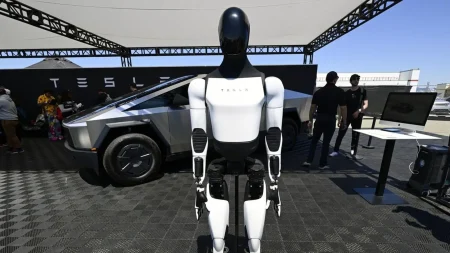1. Examining the Mesh Between Humans and Machines: Insights into the Future
The relationship between humans and machines is evolving, offering a glimpse into the future where technology and natural intelligence can leverage each other. This discussion explores how humans and machines can complement each other, fostering innovation and adaptation in the digital age.
2. Brain-Computer Interfaces (BCIs) and Their Mechanisms
A brain-computer interface (BCI) is a system that connects the human brain to external devices using sensors and actuators embedded in brain-computer interfaces. These interfaces gather brain information through sensors and convert it into digital signals, which a computer interprets and use to control external devices. Unlike traditional computer interfaces, BCIs don’t require human movement; they encode brain activity directly.
3. Quantum Brain Computing and Neuromorphic Systems
advancements in quantum computing have blurred traditional boundaries between natural and artificial intelligence. Scientists are exploring quantum brain computing, which utilizes neurons and synapses as building blocks. This approach mimics biological neural networks, offering potential solutions for energy efficiency and enhanced processing capabilities.
4. Elon Musk and NEuralink: Unveiling AI-Enhanced Brain-Technologies
Elon Musk, pioneer in neural engineering, created technologies like NEuralink, a product developed by neuralink. NEuralink enables direct communication with the brain, allowing users to leverage their thoughts for controlling computers and other devices. Its launch marks a significant milestone in-neurotechnology and promises transformative impacts on people’s lives.
5. Advanced Brain-Computer Interfaces and Virtual/Augmented Reality
stepping into the realm of advanced experimental brain-computer interfaces (BCIs), researchers have explored nanorobotics-based systems. These systems could instantly access cloud knowledge and provide immersive VR experiences with the potential to create entirely independent reality. However, such systems hold immense public health and safety risks.
6. Ethical Considerations and Future Implications
The integration of humans and machines poses ethical dilemmas, such as cyborg rights and global super AI dependency. Ensuring secure data protection and equitable use of technologies is paramount. As the technology expands, balancing its benefits with ethical concerns will dominate decision-making processes, shaping future interactions and driving the fifth industrial era.













